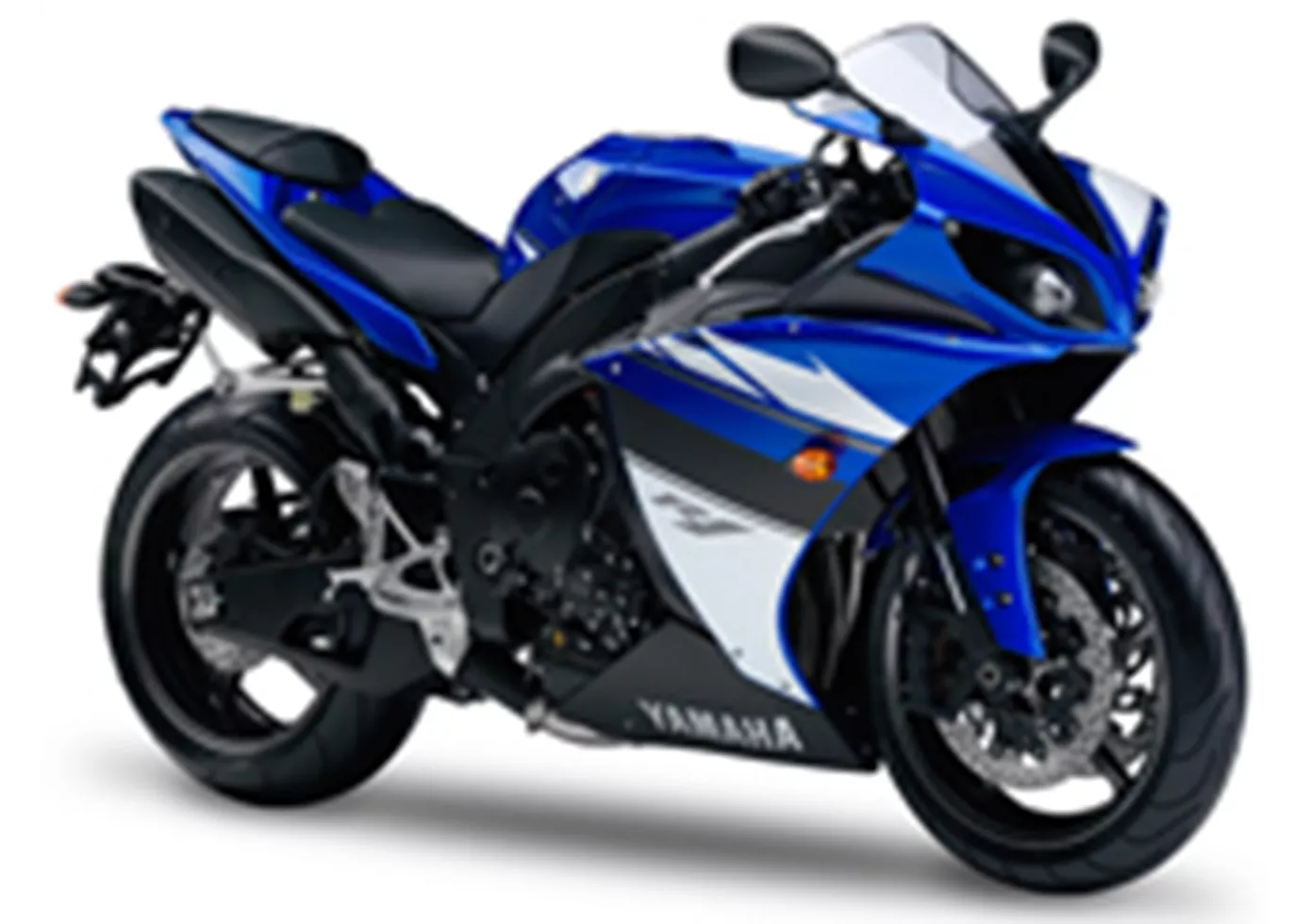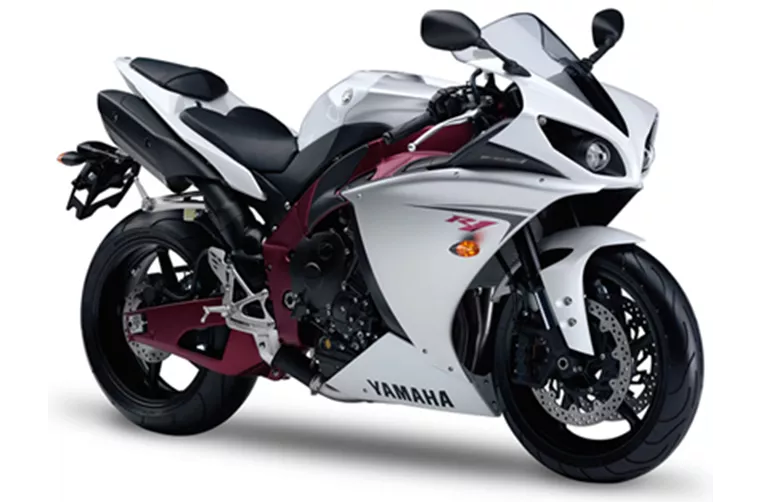BMW S 1000 RR 2016 vs. Yamaha R1 2009

BMW S 1000 RR 2016

Yamaha R1 2009
Overview - BMW S 1000 RR 2016 vs Yamaha R1 2009
The BMW S 1000 RR 2016 and the Yamaha R1 2009 are both supersport motorcycles that offer impressive performance and advanced features. However, there are some notable differences between the two models.
In terms of engine specifications, the BMW S 1000 RR 2016 is equipped with an in-line, four-cylinder engine with a displacement of 999cc. It delivers a powerful 199 HP and 113 Nm of torque. The engine has a bore of 80 mm and a stroke of 49.7 mm, with a compression ratio of 13. This engine provides exceptional power and acceleration, making it suitable for high-speed riding.
On the other hand, the Yamaha R1 2009 also features an in-line, four-cylinder engine with a displacement of 998cc. It produces 182 HP and 115.5 Nm of torque. The engine has a bore of 78 mm and a stroke of 52.2 mm, with a compression ratio of 12.7. While the Yamaha R1's engine is slightly less powerful compared to the BMW S 1000 RR, it still offers impressive performance and a thrilling power delivery.

BMW S 1000 RR 2016
Both motorcycles feature telescopic fork front suspension and swing arm rear suspension, ensuring a smooth and controlled ride. The chassis of both models is made of aluminum, providing a lightweight yet sturdy construction. However, the BMW S 1000 RR has a twin tube frame, while the Yamaha R1 has a Deltabox frame. These frame designs contribute to the overall handling and stability of the motorcycles.
When it comes to braking, both the BMW S 1000 RR and the Yamaha R1 are equipped with double disk brakes at the front. This ensures powerful and reliable braking performance, allowing riders to confidently navigate corners and stop quickly when needed.
In terms of dimensions and weights, the BMW S 1000 RR has a wheelbase of 1425 mm and a seat height of 815 mm. It has a fuel tank capacity of 17.5 liters. On the other hand, the Yamaha R1 has a slightly shorter wheelbase of 1415 mm and a higher seat height of 835 mm. It has a slightly larger fuel tank capacity of 18 liters.

Yamaha R1 2009
In terms of strengths, the BMW S 1000 RR 2016 is praised for its very powerful engine, comfortable seating position, and excellent shift assistant. On the other hand, the Yamaha R1 2009 is known for its sophisticated sound, good feeling for power delivery, easy handling, hydraulic spring preload, and high level of workmanship.
However, the BMW S 1000 RR does have a weakness in that it can feel somewhat sluggish in curves. On the other hand, the Yamaha R1 has a suboptimal seating position and can be somewhat difficult to corner over long distances.
In conclusion, both the BMW S 1000 RR 2016 and the Yamaha R1 2009 are impressive supersport motorcycles with their own unique strengths and weaknesses. The BMW offers a more powerful engine and a comfortable seating position, while the Yamaha provides a sophisticated sound and easy handling. Ultimately, the choice between the two models will depend on the rider's preferences and priorities.
Technical Specifications BMW S 1000 RR 2016 compared to Yamaha R1 2009
Pros and Cons in comparison
Pros and Cons in comparison
BMW S 1000 RR 2016

The S 1000 RR is the universal talent among the superbikes - you sit on it and feel comfortable straight away. Although it seems a bit nervous in comparison in terms of chassis and stability. However, it converts this into pleasantly easy handling and impresses with its enormous engine power. The front wheel is indeed particularly light and has to be calmed by the steering damper. An incredibly sporty and at the same time comfortable feature is the shift assistant for upshifting and downshifting - this brings calm to the chassis and you can fully concentrate on driving.
Yamaha R1 2009

Of course, the new R1 engine also passed all the tough Yamaha stress tests and comes with the same guarantees as other Yamaha motorbikes. Because until now, it was precisely the issues of durability and reliability that prevented series production of such an engine.
Price Comparison Avarage Market Price BMW S 1000 RR vs Yamaha R1
There are a few key differences between a BMW S 1000 RR 2016 and a Yamaha R1 2009. There are the same number of bikes of both models available on the 1000PS.de marketplace, specifically 7. It takes less time to sell a Yamaha R1 with 45 days compared to 69 days for the BMW S 1000 RR. Since model year 2010 1000PS.de editors have written 135 reviews for the BMW S 1000 RR and 80 reviews for the Yamaha R1 since model year 2005. The first review for the BMW S 1000 RR was published on 16/04/2008 and now has more than 4,000 views. This compares to more than 3,900 views for the first review on Yamaha R1 published on 28/04/2003.




















